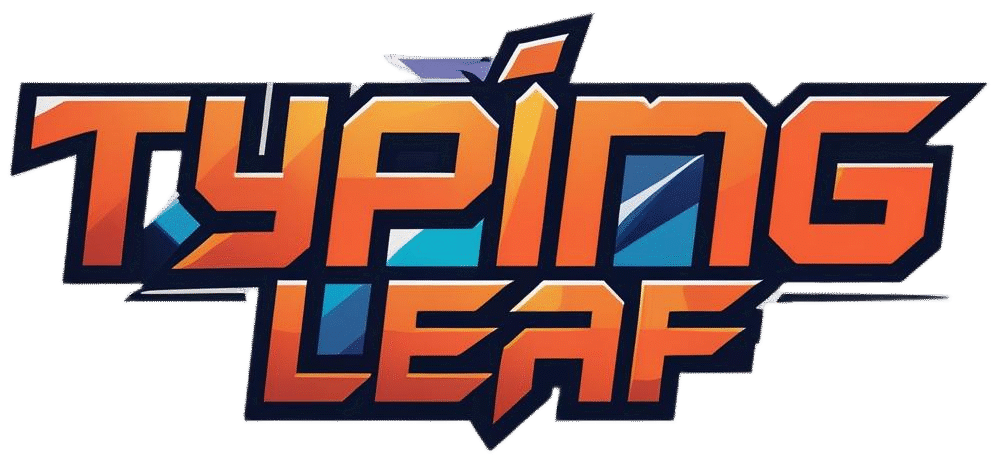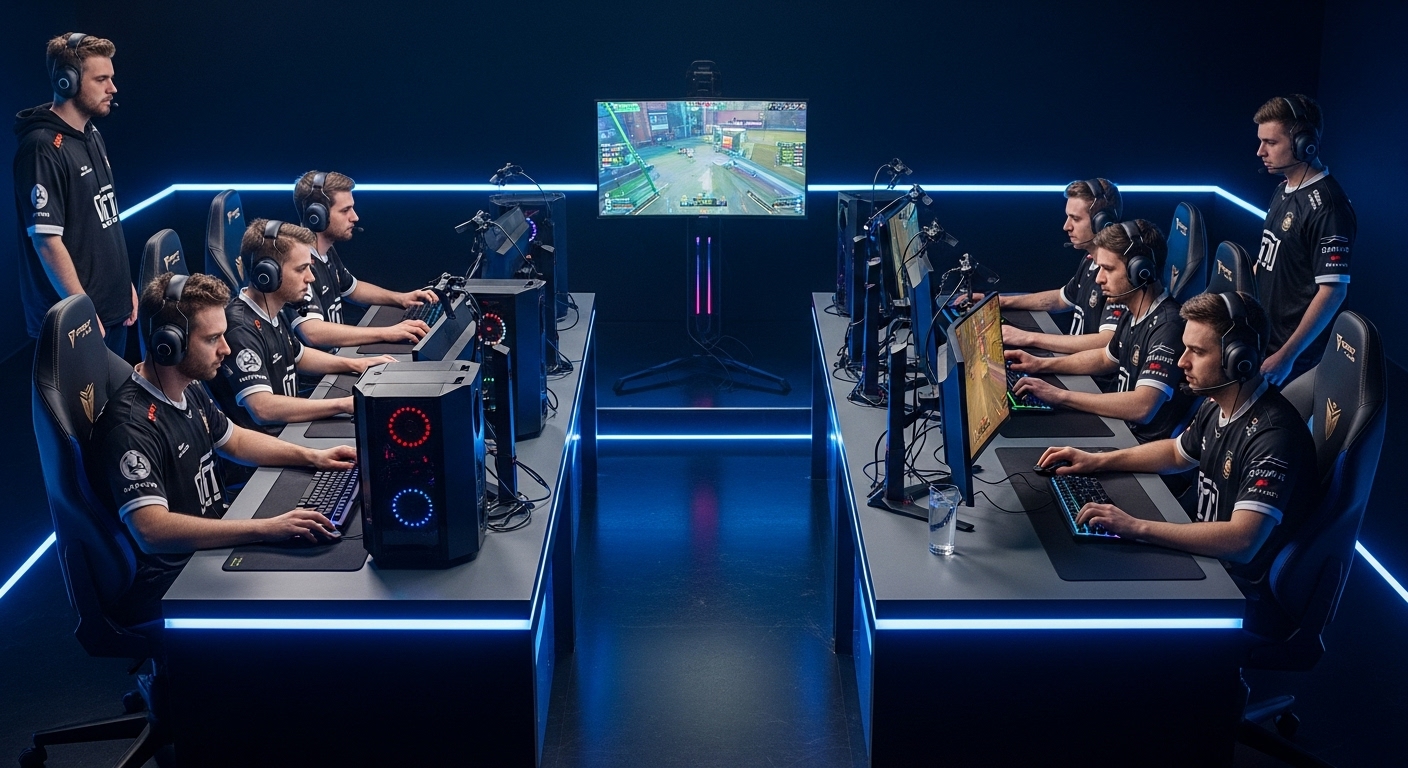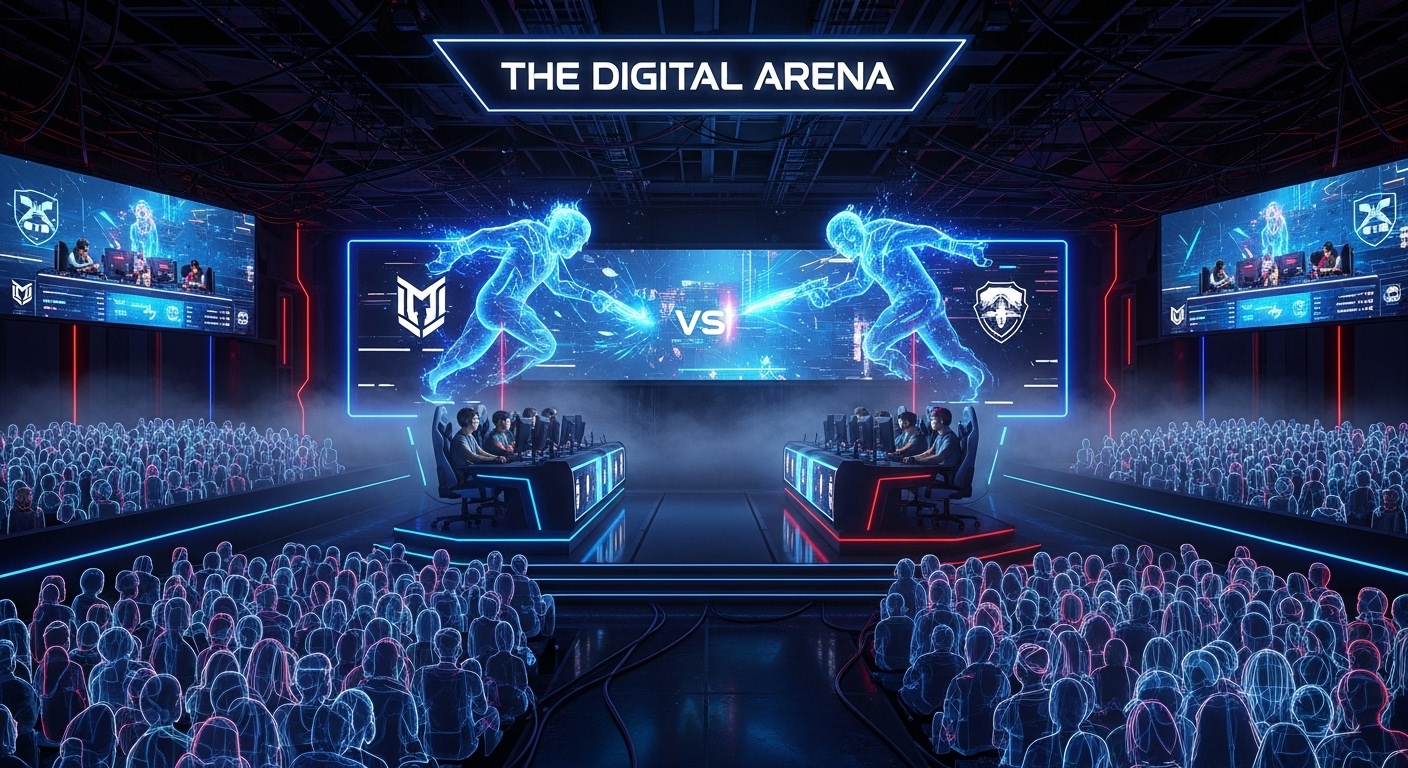Esports, or competitive video gaming, has evolved from a niche hobby into a billion-dollar industry that captivates millions of fans worldwide. What started as informal competitions among friends has grown into professional leagues, global tournaments, and a thriving ecosystem of players, teams, sponsors, and content creators. Esports is not just about games; it is about community, skill, strategy, and entertainment. It reflects how technology, culture, and human ambition converge to create a new form of sport and storytelling.
In this blog, we explore the world of esports — its history, growth, key games, players, tournaments, and the cultural and economic impact it has had globally. From humble beginnings to sold-out stadiums and million-dollar prize pools, esports represents one of the most exciting entertainment phenomena of the 21st century.
The Origins of Competitive Gaming
The roots of esports can be traced back to the earliest days of video gaming. In the late 1970s and early 1980s, arcade games such as Space Invaders, Pac-Man, and Donkey Kong became wildly popular, and players began competing for high scores. Arcades were the gathering points where players honed their skills and compared their abilities with others.
One of the first organized gaming competitions occurred in 1980 with the Space Invaders Championship held by Atari, attracting thousands of participants across the United States. This event marked a turning point, showing that competitive gaming could bring communities together and generate excitement on a large scale.
As home consoles became more prevalent, players shifted from arcades to living rooms, but the spirit of competition persisted. Games like Street Fighter, Mortal Kombat, and Super Smash Bros. fostered local tournaments and small-scale competitive scenes. These early competitions laid the foundation for the global esports industry we see today.
The Growth of Esports in the 1990s and 2000s
The 1990s saw a rapid expansion of competitive gaming thanks to technological advancements and the rise of the internet. PC gaming became increasingly popular, and games like StarCraft, Quake, and Counter-Strike offered players opportunities to compete in real-time with others across the globe. Online multiplayer capabilities transformed casual gaming into organized competition.
South Korea became a major hub for esports during this period. The government and private companies supported professional leagues for games such as StarCraft: Brood War, turning talented players into national celebrities. Internet cafes, or “PC bangs,” became cultural centers where gamers trained and competed daily. This era established the professional esports model that continues to influence leagues worldwide.
In the early 2000s, esports started gaining mainstream attention. Major tournaments began offering significant prize pools, and media coverage expanded beyond gaming magazines to television and online streaming. The emergence of dedicated esports organizations, professional teams, and sponsorship deals solidified competitive gaming as a legitimate and sustainable career path.
Key Esports Games and Genres
Esports spans a variety of genres, each offering unique challenges, strategies, and communities. Some of the most prominent categories include:
1. Multiplayer Online Battle Arenas (MOBAs): Games like League of Legends and Dota 2 dominate the esports scene. Players control characters with distinct abilities, coordinating with teammates to achieve objectives and defeat opponents. MOBAs require strategy, teamwork, and quick decision-making, making them highly competitive and spectator-friendly.
2. First-Person Shooters (FPS): Titles such as Counter-Strike: Global Offensive, Overwatch, and Call of Duty challenge players’ reflexes, aim, and tactical thinking. FPS games are fast-paced and adrenaline-filled, offering exciting moments for both players and viewers.
3. Battle Royale Games: Games like Fortnite and PUBG revolutionized competitive gaming with large-scale survival mechanics. Players or teams compete in shrinking arenas, combining strategy, skill, and adaptability to be the last standing.
4. Fighting Games: Street Fighter, Super Smash Bros., and Tekken remain staples of competitive gaming, emphasizing individual skill, timing, and precision. Fighting games have cultivated passionate communities and iconic rivalries.
5. Sports and Racing Simulations: FIFA, NBA 2K, and Gran Turismo bring traditional sports into the digital arena, allowing players to compete virtually with realistic gameplay. These games attract both casual players and professional athletes.
Each genre appeals to different audiences and offers unique opportunities for competition, strategy, and entertainment. The diversity of games ensures that esports continues to grow and evolve, attracting fans from all walks of life.
Professional Players and Teams
Professional esports players are at the center of the industry. These athletes dedicate countless hours to practice, strategy, and team coordination. Unlike traditional sports, where physical prowess dominates, esports combines mental agility, reflexes, strategic thinking, and teamwork.
Famous players like Faker in League of Legends, s1mple in CS:GO, and Ninja in Fortnite have become household names, demonstrating skill, dedication, and charisma. These players are more than competitors; they are entertainers, role models, and brand ambassadors for gaming culture.
Esports teams, such as Team Liquid, Fnatic, and T1, operate similarly to traditional sports franchises. They have coaches, analysts, and support staff, ensuring that players are prepared for high-stakes competitions. Teams often secure sponsorships from major brands, stream their practice sessions, and engage with fans to build loyalty and community.
Esports Tournaments and Events
Esports tournaments are where the industry truly shines. Major events draw millions of viewers, both online and in person, creating spectacles rivaling traditional sports championships. Some notable tournaments include:
1. The International (Dota 2): Known for its massive prize pools, often exceeding thirty million dollars, The International attracts the best Dota 2 teams from around the world. The event is celebrated for its production quality, intense competition, and passionate fanbase.
2. League of Legends World Championship: This annual tournament showcases top teams from regional leagues, culminating in high-energy matches and unforgettable moments. It has become one of the most-watched esports events globally.
3. CS:GO Majors: Counter-Strike tournaments bring FPS enthusiasts together, featuring elite teams and high-stakes gameplay. The Majors are renowned for their strategic depth and individual skill showcases.
4. Fortnite World Cup: Combining battle royale mechanics with massive prizes and celebrity involvement, Fortnite’s competitive scene demonstrates esports’ mainstream appeal and cultural relevance.
Tournaments are more than competitions; they are entertainment spectacles. Commentators, analysts, and live broadcasts create immersive experiences for fans, while stage production, visuals, and audience engagement make esports a global phenomenon.
The Role of Streaming and Media
Streaming platforms such as Twitch, YouTube Gaming, and Facebook Gaming have been crucial to esports’ rise. They allow fans to watch live gameplay, interact with players, and participate in communities. Streaming has transformed players into personalities and esports into a lifestyle, blurring the lines between competition and entertainment.
Content creators and influencers also contribute to the growth of esports. They provide tutorials, highlight reels, and entertaining commentary, attracting audiences beyond traditional gamers. This ecosystem of creators, professional players, and media has expanded esports’ reach, making it accessible to casual viewers and dedicated fans alike.
Streaming also enables global accessibility. Fans from any country can watch tournaments, follow teams, and engage in discussions, creating a sense of community that transcends geographic boundaries.
The Economics of Esports
Esports is now a multi-billion-dollar industry, encompassing tournaments, sponsorships, merchandise, media rights, and game development. Major brands invest heavily in sponsorship deals, marketing, and partnerships with teams and players. Traditional sports franchises have also entered the esports space, recognizing its potential for growth and engagement.
Prize pools for top tournaments continue to rise, attracting talent and raising competition standards. Revenue streams include advertising, ticket sales, subscriptions, merchandise, and digital content. The economic impact of esports is significant, creating jobs, stimulating local economies through events, and driving technology innovation.
Despite its profitability, esports faces challenges such as market saturation, player burnout, and regulatory considerations. Sustainability and fair compensation are ongoing issues that the industry continues to address.
Esports and Cultural Impact
Esports has become a cultural force, shaping entertainment, fashion, social interaction, and digital lifestyles. Gaming slang, cosplay, and fan art have entered mainstream culture, reflecting esports’ influence beyond the screen.
Esports also challenges traditional notions of sports and athleticism. While physical prowess is less central than mental agility and strategy, esports demands discipline, reflexes, teamwork, and psychological resilience. It demonstrates that competitive excellence is multifaceted and evolving.
Additionally, esports fosters inclusivity. Players from diverse backgrounds, genders, and nationalities can compete and excel, making it a global and accessible form of entertainment. The sense of community and shared passion bridges cultural gaps, creating a new form of social connection in the digital age.
Education and Esports
Esports has begun influencing education and professional development. Schools and universities now offer esports programs, scholarships, and courses in game design, marketing, and management. These programs provide students with skills in teamwork, strategy, communication, and digital literacy.
Educational esports initiatives also promote critical thinking, problem-solving, and leadership. They demonstrate that gaming can be more than recreation — it can foster growth, creativity, and career opportunities. By integrating esports into formal education, institutions acknowledge its value as both a cultural and professional domain.
Challenges and Controversies
Despite its rapid growth, esports faces challenges. Player burnout, mental health concerns, and intense competition pressure are significant issues. Professional players often train long hours, balancing practice with media commitments and personal life, which can lead to stress and exhaustion.
Cheating, hacking, and unethical behavior remain challenges, requiring robust regulation and monitoring. Additionally, concerns around inclusivity, gender representation, and online harassment need ongoing attention to ensure esports remains safe and welcoming for all participants.
The industry must also navigate legal and financial complexities, including contracts, intellectual property, and international regulations. Addressing these challenges is essential for long-term sustainability and credibility.
The Future of Esports
The future of esports is bright and full of possibilities. Technological advancements, including virtual reality, augmented reality, and artificial intelligence, will continue to transform gameplay and fan experiences. Esports may become even more immersive, interactive, and globally accessible.
Esports is likely to integrate further with mainstream entertainment and traditional sports, creating hybrid events and cross-media experiences. Universities and schools will continue to develop programs, professionalizing the industry and cultivating the next generation of players, managers, and analysts.
As audiences grow and technology evolves, esports will continue to push boundaries, blending competition, storytelling, and entertainment in unprecedented ways. It is no longer just a pastime; it is a global cultural phenomenon that shows how gaming can inspire, connect, and entertain millions.
Conclusion
Esports has transformed from humble beginnings into a global spectacle that captivates millions. It combines skill, strategy, teamwork, and creativity, providing a platform for players, fans, and creators to engage in ways previously unimaginable. The industry has grown economically, culturally, and socially, proving that competitive gaming is more than a hobby — it is a legitimate sport, entertainment medium, and cultural force.
From the first arcade tournaments to multi-million-dollar global championships, esports has demonstrated the power of technology, passion, and community. It challenges traditional notions of competition, inspires new generations, and unites people worldwide.
As esports continues to evolve, it will shape not only the future of gaming but also the broader landscape of entertainment, culture, and human connection. It is a testament to the power of imagination, skill, and collaboration, proving that digital competition can be as thrilling, impactful, and meaningful as any traditional sport.
Esports is no longer the future; it is here, thriving, and redefining what it means to compete, entertain, and inspire in the modern world.



